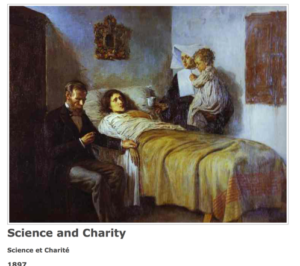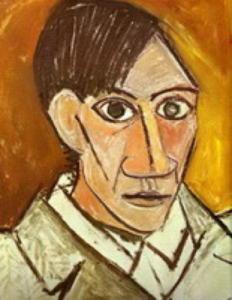How creativity links to autonomy
21st March 2017
“The conditions for creativity and those for autonomy have something in common. Freedom alone is not enough.”
Creativity in schools is a hotly debated topic. Can it be taught? Which is more important- creativity or knowledge? Creativity is often seen as an area in which if you give people freedom from structure they’ll spontaneously become creative and produce amazing things.
Last week I discussed the often underplayed importance of skills and knowledge in autonomy. For me, the conditions for creativity and those for autonomy have something in common. Freedom alone is not enough. You can give people freedom and they will produce something artistic. Sure, give me my kids’ crayons and some magazines and I’m all over it, I’ll give you a collage in no time. It won’t be hanging in Tate Modern any time soon though because it just won’t be very good. For me, true creativity has a degree of innovation, something unexpected and game changing but you can only change the game if you know its rules and how to play it.
Skills/Knowledge + innovation = creativity
Let’s consider Picasso. He is famous for his abstract representations and work like Guernica painted some time in 1937:

Guernica, Picasso, 1937
It’s an interesting exercise to view Picasso’s early work and his journey to creating pieces like Guernica.

Science and charity, Picasso, 1897
In fact, Picasso had been painting fairly traditionally for about a decade until he even began to play with form in the way which we’d start to recognise as his (as below from 1907)

Self portrait, Picasso, 1907 (source http://www.pablo-ruiz-picasso.net/work-11.php)
It would be approximately another 20 years until he produced work that we would now recognise as entirely and unmistakably his. The main point here is that Picasso was only really able to become the master and innovator that we know him as today after an extended period of learning the basic skills and conventions of his craft. Picasso had to learn the skills and rules of his field before he could become truly creative and learn to bend and rewrite them.
To link back to my year 8 class discussed in last week’s autonomy blog, they don’t yet have the knowledge or skills to solve an integration problem. They’d be unable to find the shaded area R, below in an interesting or unusual way (what I would consider true creativity). However, they will have a chance to do so in the future when they have mastered more routine pure maths that involves indices, fractions, areas of shapes and substitution.

My Year 8 class have no idea how to find the area shaded area yet using integration
Skills and knowledge ultimately are the first steps to freedom
I’m all for developing autonomous young people who are able to approach and solve situations in life and education in creative and novel ways. But to enable them to do that we must teach them skills and knowledge then slowly give them the space to practice[1]. They can then master these with input and support from people who know what they are doing and will give clear feedback. After that they can explore, experiment and push the limits of what they are capable of. That is the true path of a person who can learn, think and act independently of others and create something of merit and impact.

[1] Matthew Syed is excellent about the importance of deliberate practice in Bounce p71- 104

Comments